Antique Cast Iron 12 Spider Skillet Gate Mark 3 Footed Unbranded
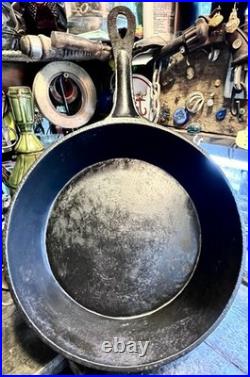

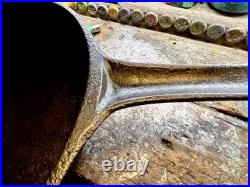
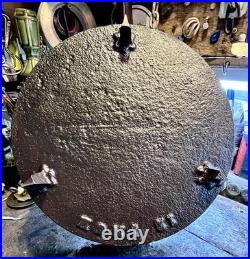
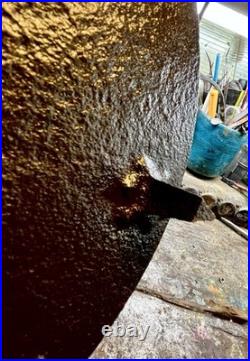
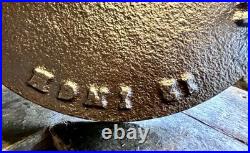
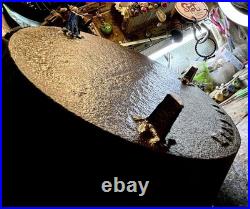

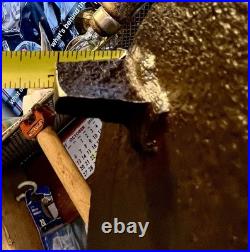
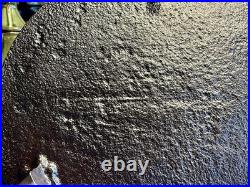
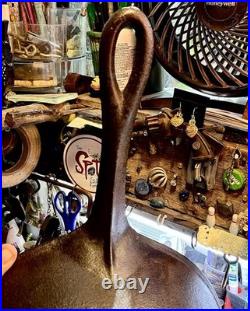
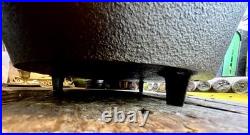
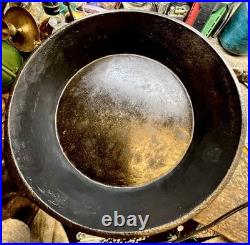
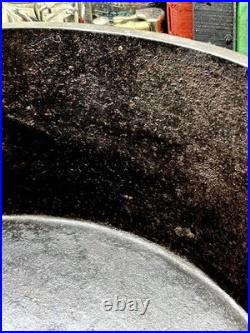



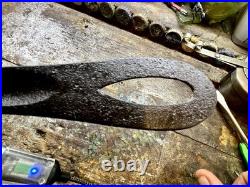
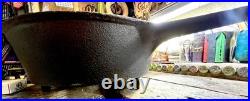
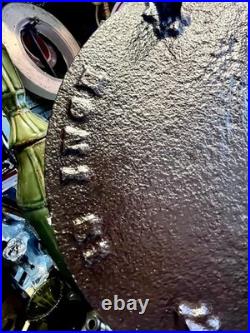
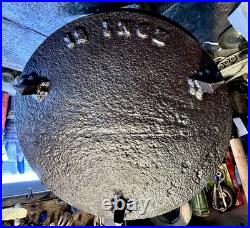
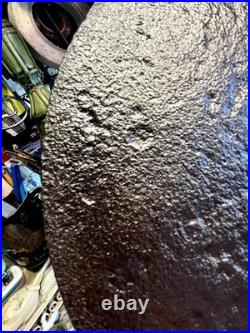
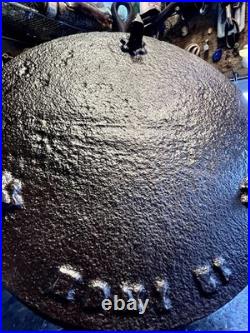


Spider skillets, also known as spider pots, are a type of cast iron cookware characterized by their three legs and a long handle. This design allowed the pot to be placed directly over coals and embers in a fireplace hearth for cooking before the invention of modern kitchen stoves. The name "spider" is believed to be of American origin and was used as early as 1790, likely referring to the pan's appearance with a long handle and legs resembling a spider's body and limbs.
Key characteristics of spider pots include: Three legs: The legs elevate the skillet, allowing it to be used over an open flame. Long handle: The long handle allowed for safe maneuvering of the pot in and out of a fire.Historical use: These pots were used extensively in the 18th and 19th centuries before the widespread adoption of flat-bottomed pans designed for cookstoves. "Gate mark": Many older spider pots have a "gate mark, " a raised scar on the bottom of the pot, which is a remnant of the casting process used in the 1800s. This mark can be a clue to the item's age. Please see photos for exact condition.
